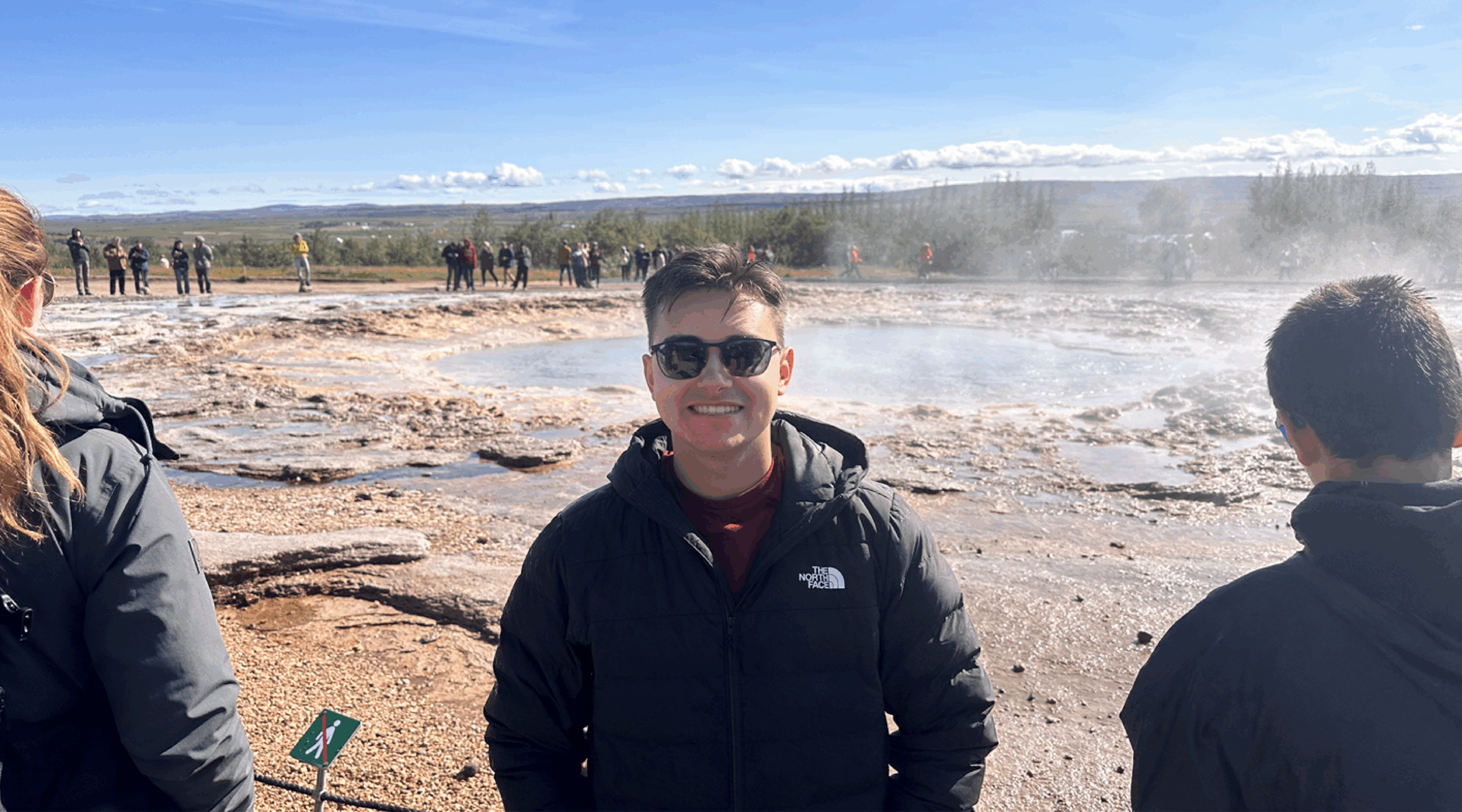*This post has been updated for 2020.
Building the proper foundation of an asset management program will provide a community with a short and long-term decision-making tool that community stakeholders update regularly as needs are addressed over time. As outlined in the Key Elements of a Successful Asset Management Program and Planning Your Assets – Part 1 we shared the process of starting an asset management program as well as taking a more in-depth look at the first five of those steps. This post will round out the original nine steps covering the last four below.
Recall from our last post that with the “life-cycle” costs projected out for 50 years a community will have a long-term picture of the value of their system and the costs to own and maintain it. The remaining four steps will help define the economic needs to maintaining a high level of service for the defined assets and define how to implement the plan successfully.
FUNDING STRATEGY FOR ASSET MAINTENANCE AND REPLACEMENT – The funding strategy for asset maintenance and replacement considers the current day value of the assets as well as defines the need for increased revenue over time for the long-term management of the assets. Based on the expected maintenance of the selected assets, the estimated cost will be calculated using Asset Management software (several programs and electronic file formats are available). Assembling asset valuation data will provide the required information for generating updated GASB reports and define the expected investment needed in the system. Rehabilitation costs and increased life expectancy will also be used to develop a replacement maintenance ratio for the assets to help evaluate the proper funding for repairs and replacement of the system assets.
CAPITAL IMPROVEMENT INVESTMENT PLAN (CIIP) – A summary of findings on asset condition and need for replacement will be used to develop a CIIP so the community can schedule repairs and replacements in a logical manner while managing the financial impacts to the community. As with any CIIP the priorities should be re-evaluated and updated annually as unplanned events (emergencies, extreme weather, asset failure) can cause a community to reset priorities from year-to-year. Many communities now use a rolling five, or six-year CIIP that is updated annually to reflect work completed, adjust priorities, and consider timing of large capital projects to coincide with retiring debt.
IMPLEMENTATION PLAN – This implementation plan will be developed by collaborating with management and frontline staff to create “buy-in”, long-term support, and a thorough understanding of what needs to be done to maintain the selected assets. The implementation plan will describe how the community will continue to maintain and use the asset management program and how the community will incorporate energy and water conservation into day to day operations. At this stage of the asset management program workflows will be developed to help identify the appropriate steps to maintain the Program to provide the defined Level of Service expected.
COMMUNICATION PLAN – Prepare a communication plan using the most effective methods to communicate to stakeholders the benefits of the asset management program and its capabilities will be key to gaining and maintaining public support for the program. The communication plan should be presented in a public forum to inform staff, community management and customers of the Asset Management Program and its capabilities. The communication plan will demonstrate how internal and external entities will maintain the Asset Management Program in the future. It will include Standard operating Procedures (SOP) so communities have a clear understanding of the program. This will be a living program and should be evaluated and revised on a regular basis.
To learn out more about the Asset Management services we provide to our clients please contact Joe Ducharme, Jr., PE, Regional Manager for our Northeast Municipal Engineering Group.










